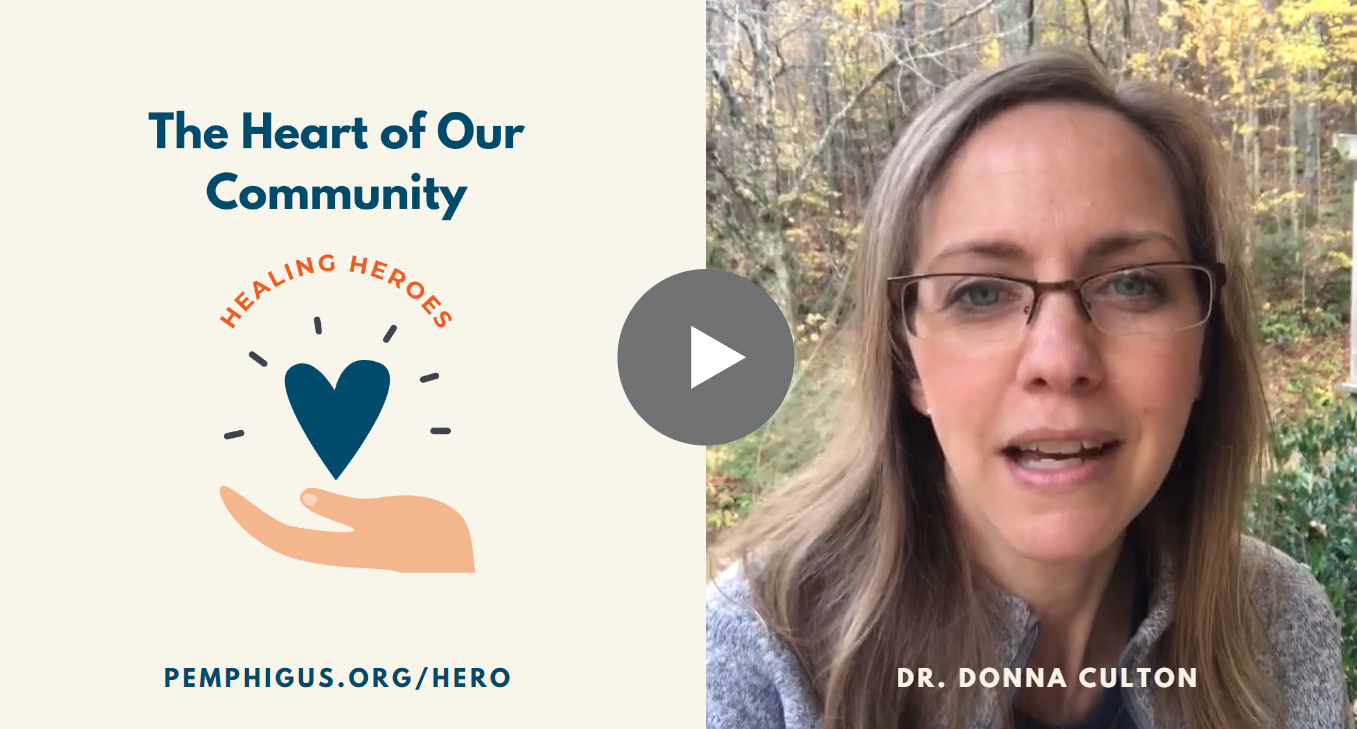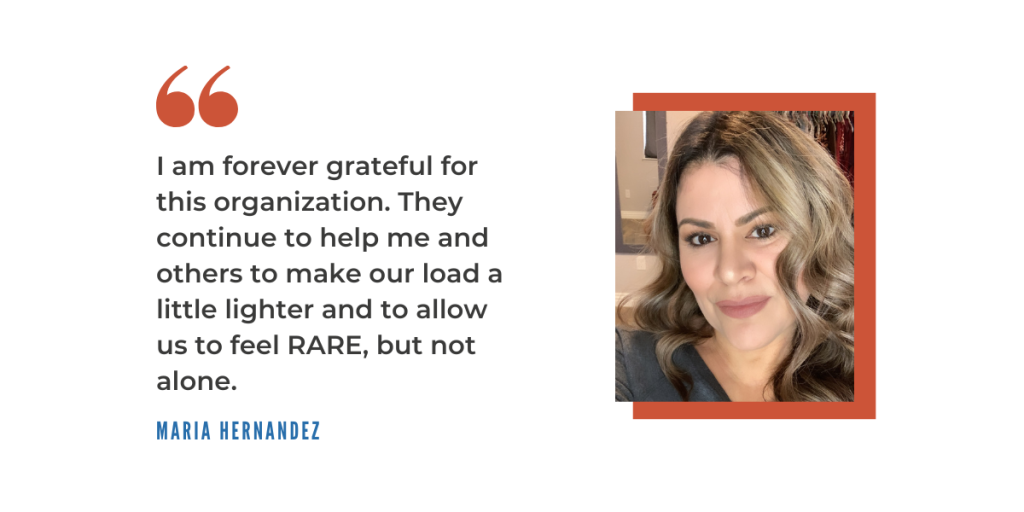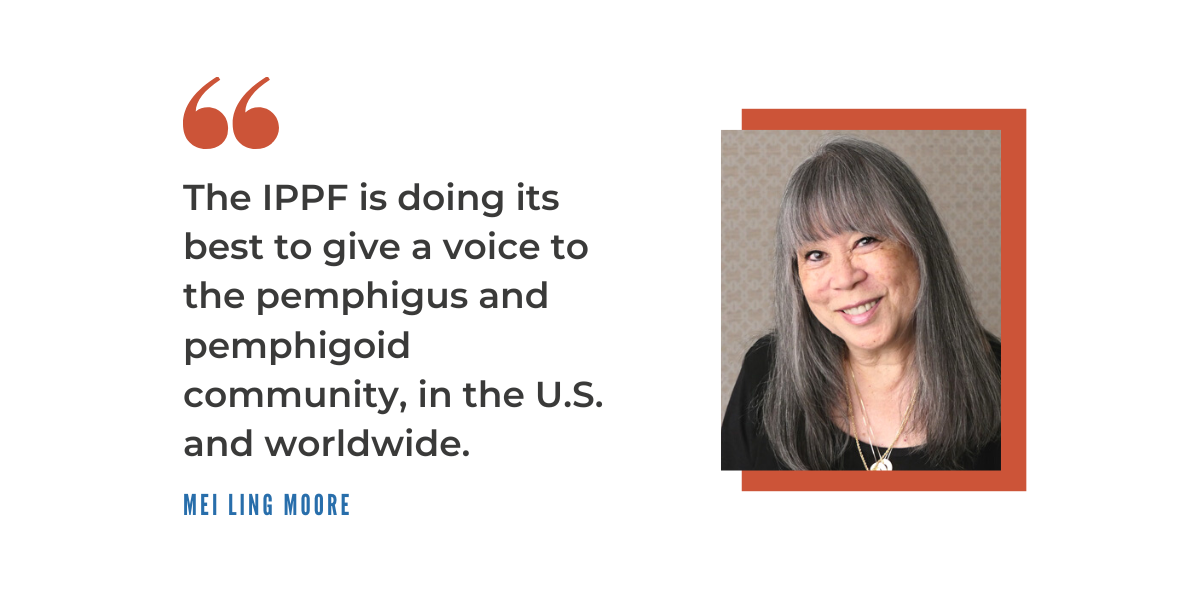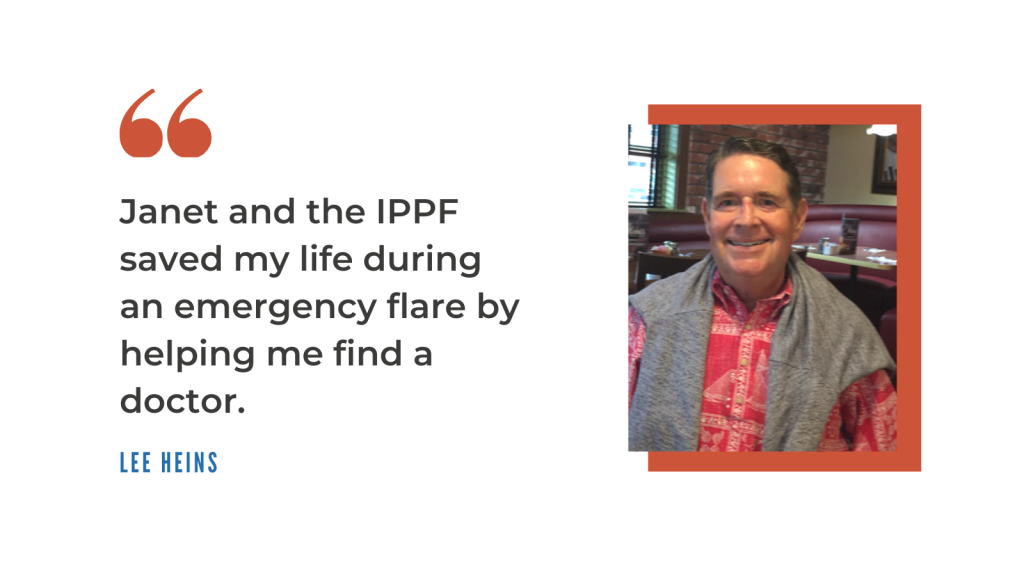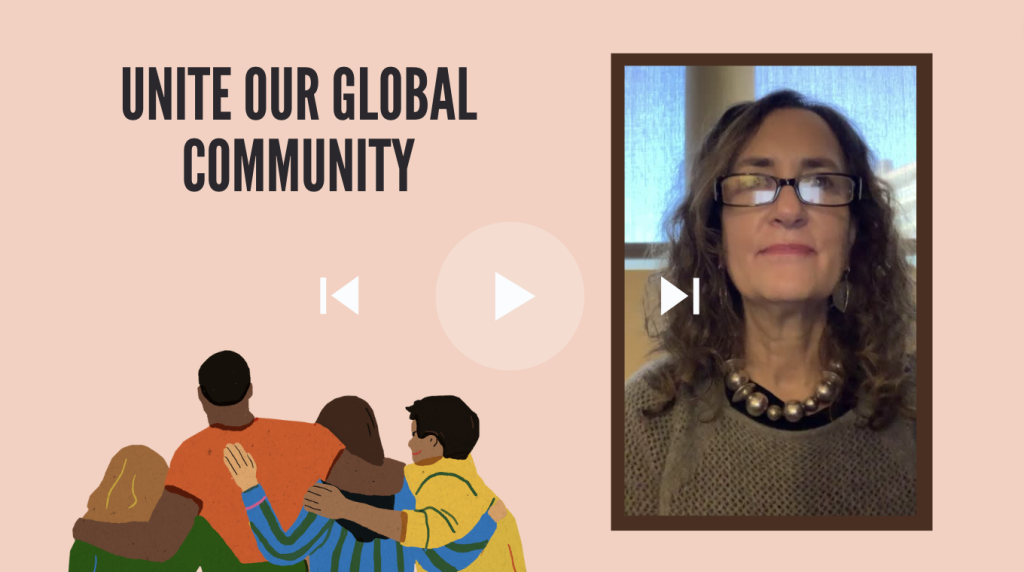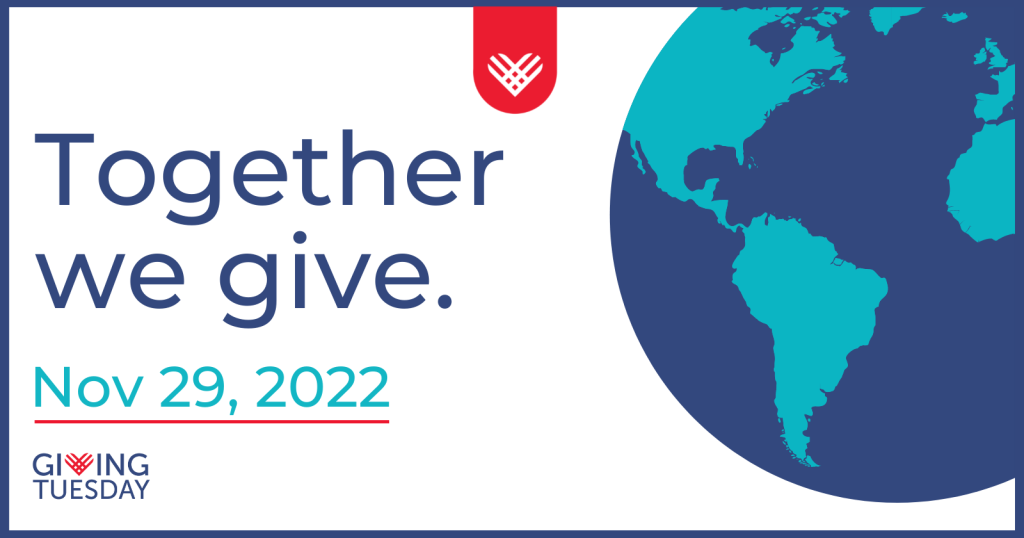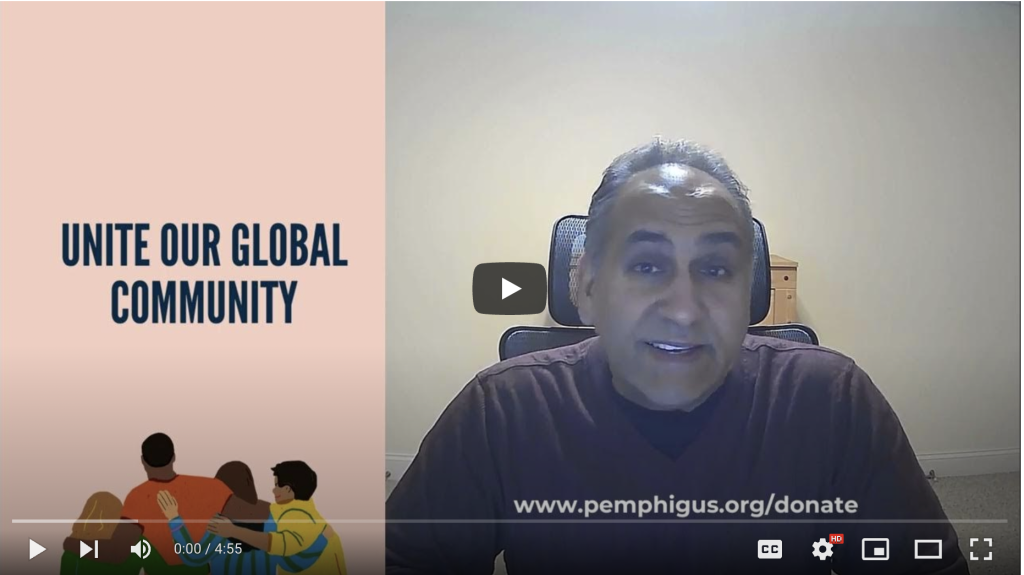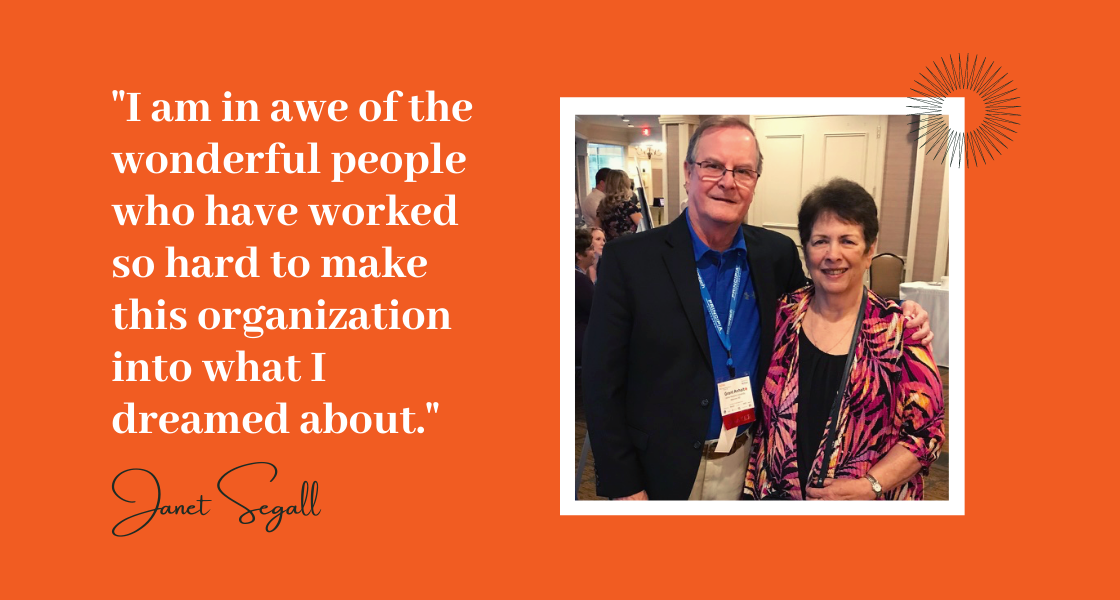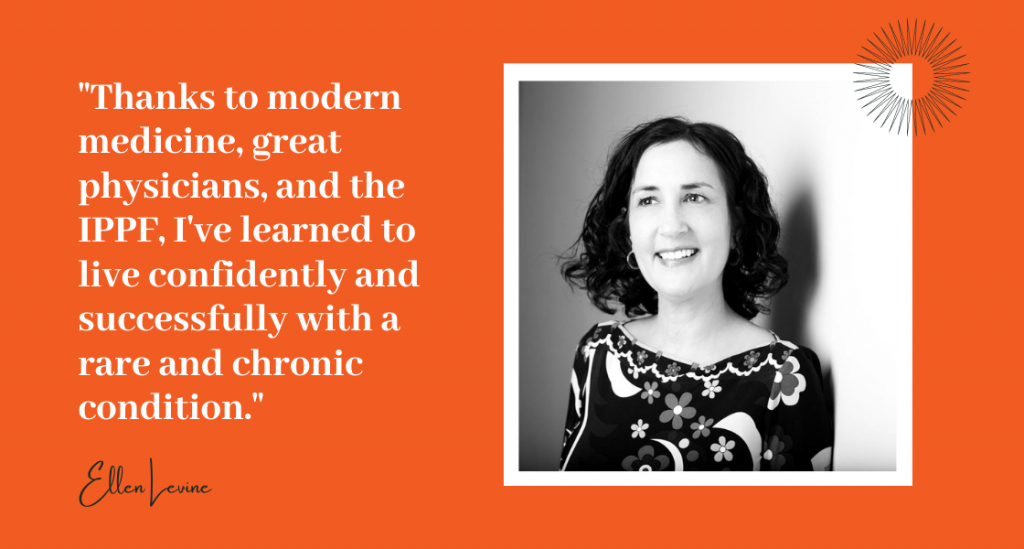Help patients like Linda connect with the resources they need to live—and thrive—with pemphigus and pemphigoid.
Donate Now
Our final story in our Patient Journey Series comes from Linda:
My journey began in August, 2017. I had a slight rash on my lower back that was extremely itchy. When I went to see my primary care doctor for my annual physical, I mentioned the rash, but he never looked at it. He just brushed it off.
One month later, I spent a week on Cape Cod with my husband, Gary, and family. We walked on the beach and enjoyed the sun, as it was unusually warm and sunny for so late in the season. By the time we got home from vacation, the tops of my arms had a slight rash and were extremely itchy. I didn’t have time to see a doctor because five days later I traveled to sunny Florida with friends, so I bought topical creams and enjoyed the sun and beach once again.
The Florida weather was perfect, and I spent several hours sitting at the edge of the water enjoying the sand and the cool water running over my legs. It was heaven . . . up until the evening when my legs broke out in a more severe rash that itched all night. I couldn’t handle how itchy my skin was, and the rash had spread. The topical cream wasn’t enough, so I bought Benadryl to help me sleep. I spent the rest of the vacation miserable with the rash and itchiness. I called my primary care doctor as soon as I got home to Connecticut.
The Advanced Practice Registered Nurse (APRN) was baffled when I went in for my appointment. I went through the routine questions about whether I had changed soap, detergent, diet, or medications. She brought another nurse in to consult, and I was asked if I traveled out of the country or whether it could be related to bedbugs. I was given prednisone and sent on my way. They told me if I wasn’t better after finishing the prescription they would refer me to a dermatologist.
While I was on 20mg of prednisone, the rash and itchiness did seem a little better. When I decreased the dosage, they got worse again. I asked for a referral to see a dermatologist and to increase my prednisone dosage back to 20mg; however, my dosage wasn’t increased and the rash and itchiness got worse once again. It was now the end of October and the dermatologist couldn’t see me for three weeks. I was getting worse every day. I couldn’t do anything because of how physically uncomfortable I was. I also felt mentally exhausted and confused about what was happening to me and why.
Finally, I saw the APRN at the dermatologist office. She thought it was something systemic and gave me cream and some antibiotics and told me to return after two weeks. In those two weeks my feet and hands were on fire—red, swollen, and severely itchy. When I returned, they changed my antibiotics, gave me clobetosol salve for my feet and hands, and said, “I think you’re allergic to black plastic.” What?!
I was tested for contact allergies, but all that showed up was a slight allergy to nickel. At this point, I had been taking antibiotics for over a month and everything seemed to be getting better. I stayed on them and I had no rash or itching through March of 2018. I was exercising, taking natural supplements, and following a diet of protein shakes for two meals and a healthy third meal. I had lost 30 pounds.
I stopped taking all medications at the beginning of March. A few weeks later, the itchiness came back, but I couldn’t get in to see the dermatologist right away. When I finally had my appointment, the APRN checked me out and said once again, “I swear you’re allergic to black plastic.” I got rid of my purse and black flip flops, and I was given another prescription for the clobetosol. They told me if I wasn’t better in five days I could come back for a steroid shot.
After the appointment I was on vacation when the palms of my hands and soles of my feet were hot and itchy. I spent the week with an ice bucket close by to put my feet in and a frozen water bottle to help my hands. My husband and I discussed how none of my doctors had ordered any blood tests. I found out there was a new APRN (an internist) at my primary care doctor’s office, so I made an appointment with her. I also decided at this point to change my diet again. I have suffered from eczema since I was a child, so I looked into the eczema skin diet. I started eliminating things like sugar, caffeine, gluten, histamines, MSG, and dairy.
I was hopeful at my next appointment, and my husband came with me to make sure that something was finally done to help with my symptoms. After one look at my hands, the internist said, “It all points to an autoimmune disease. Let’s run a complete work up and see what we can find. If nothing comes up, then we will do a skin biopsy.” Finally!
Bullous pemphigoid? What the heck is that?
The blood work results didn’t show anything definitive, but it did show the possibility of an autoimmune disease, so the internist suggested an immunofluorescence test. I asked about conducting a biopsy after it seemed like they weren’t going to follow up with one. The weekend before the biopsy was scheduled, I had strange blisters on my wrists, thighs, and stomach. Although it was sunny, humid, and in the 90s, I wore a long-sleeved jacket because I was afraid people would notice the blisters on my arms and think I was contagious or just freaky looking. My doctor reluctantly took a punch biopsy and told me it looked like possibly poison ivy or a bug bite. I was so frustrated! I asked him why I would have blisters all over from a bug bite? He told me that nine out of ten times nothing shows up on the biopsy results. I left his office super disgusted and on a mission to find a new primary care doctor with a little more care for their patients.
I was deteriorating—not just physically, but mentally. More blisters showed up. I was itchy and in pain. My skin was red like a sunburn, felt hot, and was slightly swollen. When I got the results from my biopsy, they pointed to bullous pemphigoid (BP). An immunofluorescence test was suggested, but wasn’t setup by my doctor. I had to wait a few days before seeing my doctor to discuss the results and treatment options.
Bullous pemphigoid? What the heck is that? I immediately started Googling it. The first site I saw was a medical site that explained it as a potentially fatal autoimmune disease, and usually older people get it. Are you kidding me? I searched again and found the IPPF’s website. I couldn’t believe that there was an organization for this strange disease! I found so much information. I was very excited and started crying. Finally, a place that knew all about this disease. I found information about the physician map, signed up for it, and was emailed the information a few days later. I found information about dermatologists that specialize in blistering diseases in Boston and Connecticut, including Dr. Mary Tomayko. She was located about an hour away from me and had a clinic. I felt like I had struck gold! Of course, I cried more.
When I saw my primary care doctor after my biopsy results, he prescribed 40mg of prednisone for a week, followed by tapering every five days by 10 mg. I told him I wanted to be referred to Dr. Tomayko, and he was less than pleasant about it. He basically dismissed me. He also deleted the suggestion of poison ivy and bug bites from my records before sending them off to Dr. Tomayko. I wasn’t able to get in to see Dr. Tomayko for a few months, but I was happy to have an appointment scheduled with someone that should know what to do for my treatment.
I had many setbacks over the two months leading to my appointment, but I also had support from the IPPF. Becky Strong, the IPPF Outreach Director, was amazing. She helped with my questions and sent me a patient guide to review before my appointment. I also had access to monthly webinars on different topics, and they were amazing. The first one I attended was on the side effects of prednisone. What great timing! After exploring the IPPF site more thoroughly, I saw information about the annual Patient Education Conference in October. My husband told me to sign us both up.
We needed to be more informed and meet other people who were dealing with similar issues. We became Healing Heroes (the IPPF’s monthly donation program) and received a discount on the Patient Education Conference registration. I followed my doctor’s advice about tapering down the prednisone dosage, but found that 20mg worked best for me and told him that’s what I wanted to do until my next appointment with Dr. Tomayko. Thankfully, he listened.
My husband suggested that I take pictures of my blisters in case they were cleared up before I saw Dr. Tomayko. Smart man! While I waited for my appointment, I got my list of questions ready, planned our trip to the conference, and felt somewhat relieved to know we would meet others with similar issues and have access to experts we could talk to.
When I finally met Dr. Tomayko, I loved her office staff and she was wonderful. I wasn’t able to receive a definitive BP diagnosis until further blood work was done. Since my doctor never did the immunofluorescence testing, she couldn’t be sure. She explained that they needed to look for markers in my blood, which I understood because that was one of the many things I read about on the IPPF website. She ordered additional blood work, a baseline bone scan, a tapering of the prednisone by 2.5mg every seven days, and continued use of the clobetosol as needed. I made another appointment for a month later.
The blood work came back showing BP. In the month prior to going back to see Dr. Tomayko, I had a slight flare up and developed a couple of new blisters. She increased my prednisone dosage again and told me we would talk about an additional drug at my next appointment. At that appointment she prescribed CellCept®. She told me how it works, about side effects, and gave more instructions on my care, including a schedule of how she wanted me to taper off the prednisone.
We told her that we were attending the IPPF Patient Education Conference, and she was very excited. She told us what a wonderful idea it was, that we were going to enjoy it, that we would have all our questions answered, and to say hello to her dear friend Dr. Donna Culton (the conference co-host). We left feeling even happier about our decision to attend.
A short time later, my husband and I were off to the conference! We were both excited to gather with other patients and experts in the field. For the first time in a long time, I felt comfortable and at ease. Not only would I have an opportunity to meet others that would completely understand what I was going through, but my husband would also have an opportunity to gather with other caregivers who were supporting each other in their journeys as well.
I may be the patient, but this journey includes everyone in my inner circle, and they need support just as much as I do. Our lives have been disrupted and changed forever. We as patients need to keep in mind that we are not the only ones who suffer—those around us have to watch, sometimes helplessly, as we go through this. They are unable to do anything but comfort us. And in many cases, they take on extra work that they haven’t previously done.
As a licensed massage therapist, my husband knows how muscles and tendons work and interact. He discovered that BP gets worse around your flexors. The palms of my hands were swollen, so the more I used my hands and flexed my fingers etc., the worse it got. He took over the cooking in our house after never cooking full meals before. But he conquered his fears in the kitchen and kept us going.
We arrived in Durham, NC, the day before the conference started due to a hurricane. There was an extra day planned for those of us who wanted to attend Dental Day at the University of North Carolina Dental School. Becky Strong started the day by sharing her story with pemphigus vulgaris (PV). It was hard to listen to because it brought up so many emotions for me. It was good for me to hear though, because listening to her in person made me truly feel that I was no longer alone. And she survived! She looked whole and happy. It was important for me to hear her story since I was still at the beginning stages of my disease. It was such a comforting and educational day. We met and spoke with so many other patients. In fact, one of the women I spoke to said they had just met another patient from Connecticut and planned to introduce us. We got the chance to speak with Dr. Culton as well, and I told her that my doctor was Dr. Tomayko. She was excited to know that I was seeing Dr. Tomayko. What a good feeling that was!
The next day was a full schedule. After welcome announcements, we listened to Kenny Metcalf (Elton John entertainer) tell about his journey with PV. It was an amazing story, which included pictures of him throughout his disease. After seeing the pictures and his condition, one would never think that he had survived. But he’s alive, whole, happy, and doing what he loves—entertaining people with his gift of music. The rest of the day was broken into different pemphigus and pemphigoid sessions geared toward our own journeys. Our diseases may be similar, but they are also different. It was great to know that the speakers would address our disease-specific issues. Additionally, those in each session shared similar issues. We were able to swap information and keep in contact after the conference ended.
In the evening, we attended the awards dinner. This was totally different than a typical awards dinner. We were all relaxed and got to know each other as we ate and listened to music. We didn’t walk into the room and wonder who we could sit with. This was now a large group of friends, and we all had a common thread that joined us together. We weren’t rare in this room full of people! The camaraderie between all of us, including the doctors, was truly wonderful. The most memorable of all was the entertainment by Kenny Metcalf. He started our day with an emotional story of his life with PV and ended the day with a great show. He was Kenny, playing the part of Elton John in the early years. He was amazing! He had everyone singing and dancing, and there was just pure joy throughout the room. I can tell you this, I will never hear the song “I’m Still Standing” without smiling—and maybe even shed a few tears—while thinking of Kenny. In my mind, that will forever be the IPPF theme song. We’re still standing!
The last day was a half day of workshops. There were so many good ones to choose from—women’s health issues, ocular issues, wound care, and an extremely important one that made a difference for us: caregiving. My husband joined the caregiver workshop led by Janet Segall, the IPPF’s founder. He felt so much relief after attending that session. He was able to discuss his concerns and hear what the other caregivers were going through. He said that Janet led the session with great empathy, concern, and experience.
When the conference was over, it seemed too soon. We covered a lot together in just a few days. Both Gary and I felt relieved and so much better. We felt like we were part of a much bigger family and had made new friends who we shared similar experiences with. We had names and numbers to reach out to when things seemed too crazy to deal with alone.
The IPPF conference was the light and guide that walked us through a very dark tunnel. A tunnel we would’ve walked through alone. But everyone involved turned up the light nice and bright, and we found we were two of many. We were not alone and we would never feel alone again! We cannot wait to attend the 2019 Patient Education Conference in Philadelphia this year. We cannot wait to have the opportunity to reconnect with those we met last year and to connect with new friends. We hope that we are able to answer questions or just be supportive to those who are new to the conference and/or these diseases, to find out what is new with research and medications, and to hear the voices of other experts in the field. If you’re able to join us, look for Gary and me. We would enjoy that. And if nothing else, you’ll see, I’m still standing!

Donate Now
Every day, our patient services team hears stories from our community about what it’s like to live with pemphigus and pemphigoid. From getting diagnosed to finding the right doctor to thriving post-treatment, many patients express similar frustrations. And yet, there’s a common hope that runs through many of the stories we hear at the IPPF.
Each week through August and September, we’re featuring a story that highlights a specific part of the patient journey. OUR HOPE is that by sharing stories from our community, more patients and caregivers will realize they are not alone.
Check out the rest of the Patient Journey Series:





